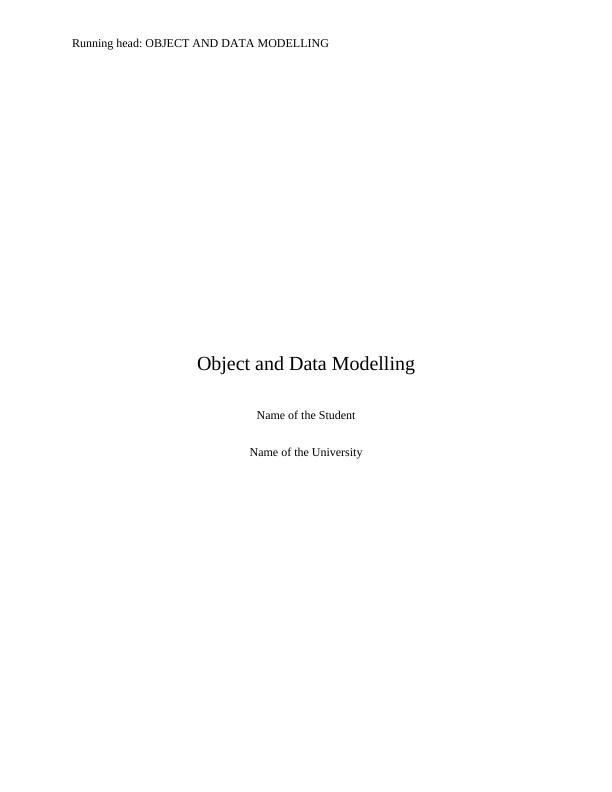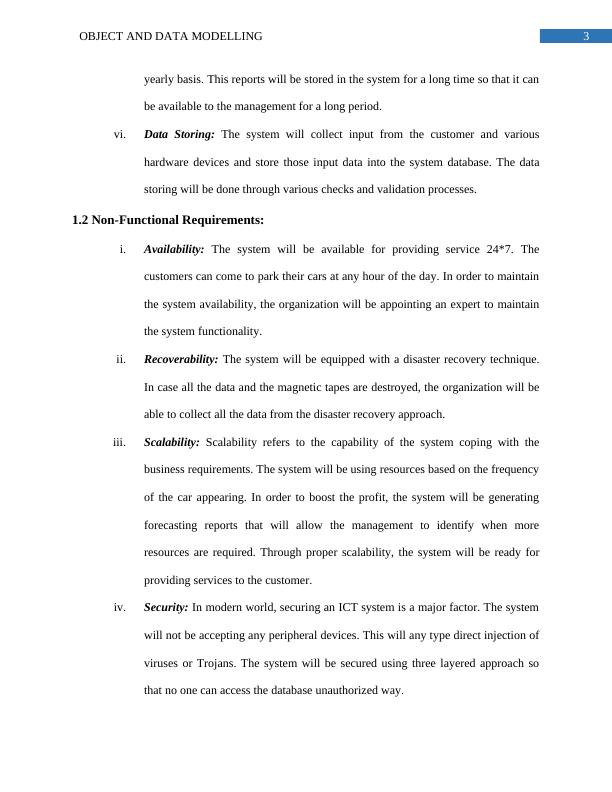Object and Data Modelling: Functional and Non-Functional Requirements, Use Case Modeling, UML Domain Model Class Diagram, Activities of SDLC
13 Pages2709 Words467 Views
Added on 2023-06-12
About This Document
This article discusses the functional and non-functional requirements, use case modeling, UML domain model class diagram, and activities of SDLC for Collin's Parking Car Park System. It also includes a bibliography.
Object and Data Modelling: Functional and Non-Functional Requirements, Use Case Modeling, UML Domain Model Class Diagram, Activities of SDLC
Added on 2023-06-12
ShareRelated Documents
End of preview
Want to access all the pages? Upload your documents or become a member.
Object and Data Modeling: Collin’s Car Parking System
|15
|2957
|494
Collin Parking Car Park System Name of the University
|14
|2710
|189
Functional and Non-functional Requirements for Collin's Parking Car Park System
|10
|2450
|457
Object Modeling: Case Study of Collin’s Parking Car Park System
|11
|2133
|60
Object Modelling for ATM System - Requirements, Use Case Model, UML Domain Model Class, SDLC
|14
|2958
|486
Object and Data Modelling
|15
|2870
|236




